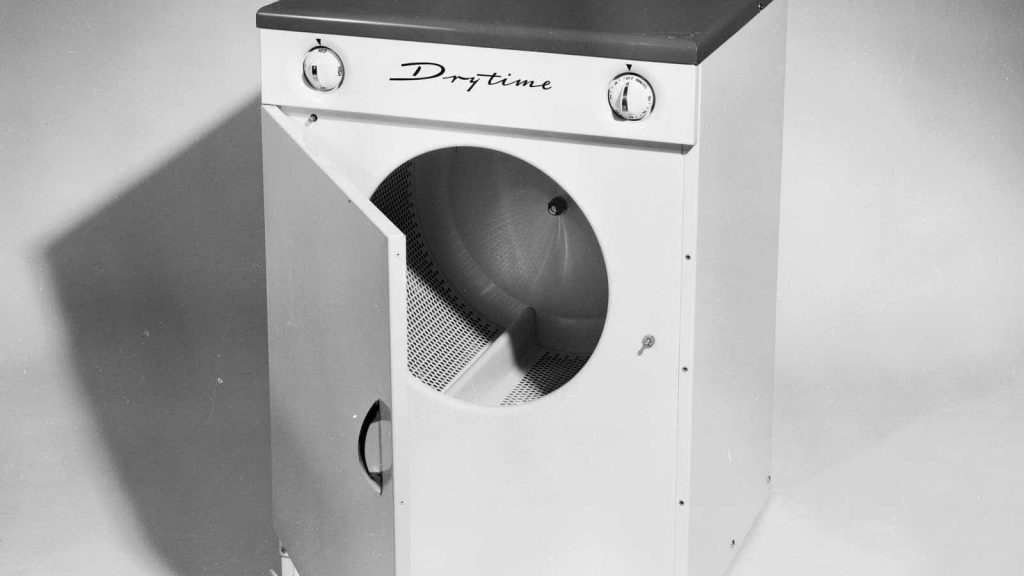Government guidelines and advice is changing rapidly as Australia deals with a second wave of COVID-19 infections. For some states and territories, it’s advised to exercise caution and maintain social distancing while outdoors, and for others, a stay-at-home order has come into effect once more.
If you are heading out for whatever reason, it’s advised you stay 1.5 metres away from other people at all times and wash your hands as soon as you get home. But what are we to do with our clothes that may be exposed to germs in the outings?
COVID-19 can live on surfaces like plastic and stainless steel for up to three days (think zippers and buttons), and can remain viable in the air for hours. While experts claim clothing is a low-risk carrier for the disease, it is not impossible for germs to settle into the fibres, particularly if you spend time in the vicinity of an ill person, use sleeves to touch items, or elbows to open doors.
A such, it is considered good practice to remove ‘outside clothes’ and launder them as soon as you get home before properly before settling into your furniture.
Below, we’re bringing you the science-approved tips to disinfecting clothes after outside exposure.
Wear gloves
While it is not necessary for a well person to use gloves when doing their own household’s laundry, it is the advice of the Centers for Disease Control and Prevention (CDC) is to wear disposable gloves to handle the dirty laundry of an infected person, and then swiftly discard them after use.
“If using reusable gloves, those gloves should be dedicated for cleaning and disinfection of surfaces for COVID-19 and should not be used for other household purposes,” the CDC advises, adding: “Clean hands immediately after gloves are removed.”
If you have no gloves available, and as a general rule after loading the machine, wash your hands thoroughly with soap and water.
Do not shake dirty laundry
Handle your laundry gently and avoid shaking the clothes around too much. The CDC says this will minimise the possibility to dispersing the virus through the air in the case you may have been exposed to it.
Use hot water settings
While the department advises you launder items according to the labels and instructions, it makes clear that hot water is the most effective to disinfect clothes.
“Launder items using the warmest appropriate water setting for the items and dry items completely. Dirty laundry from an ill person can be washed with other people’s items,” the CDC says.
Clean the laundry and disinfect the hamper
The ideal hamper for laundry will be made of a hard surface like plastic, which is easier than woven or fabric alternatives to disinfect and wipe down with household disinfectants regularly.
If possible, the CDC recommends placing a bag liner into the hamper before filling. This can either be disposable or reusable, so long as it’s able to be laundered also.
Communal laundry tips
Apartment dwellers in urban areas aren’t always so lucky as to have their own machines. In fact, many of us are doing our loads in shared laundry rooms, where it’s trickier to implement the rules above. If this is you, some tips to help you carry out your laundry safely are below:
✰ If your building hasn’t yet contacted residents with advice and tips for the shared laundry, consider being the one to drive this change. Contact your building manager, and ask for a roster with designated laundry times be established to ensure social distancing is adhered to.
✰ Bring disinfectant wipes with you and clean hard surfaces after you have touched them. Once finished with your laundry, wash your hands thoroughly.
✰ Sort your laundry out prior to visiting the laundry room and avoid shaking clothes around.
The current health crisis is evolving rapidly. If you suspect you or a family member has coronavirus you should call (not visit) your GP or ring the national Coronavirus Health Information Hotline on 1800 020 080.







